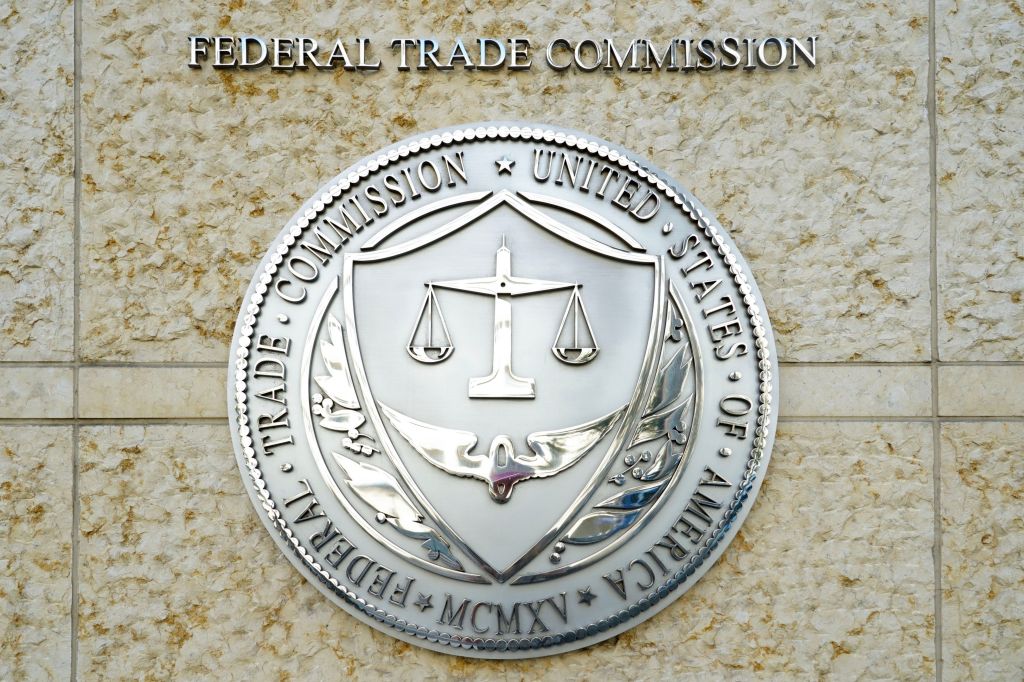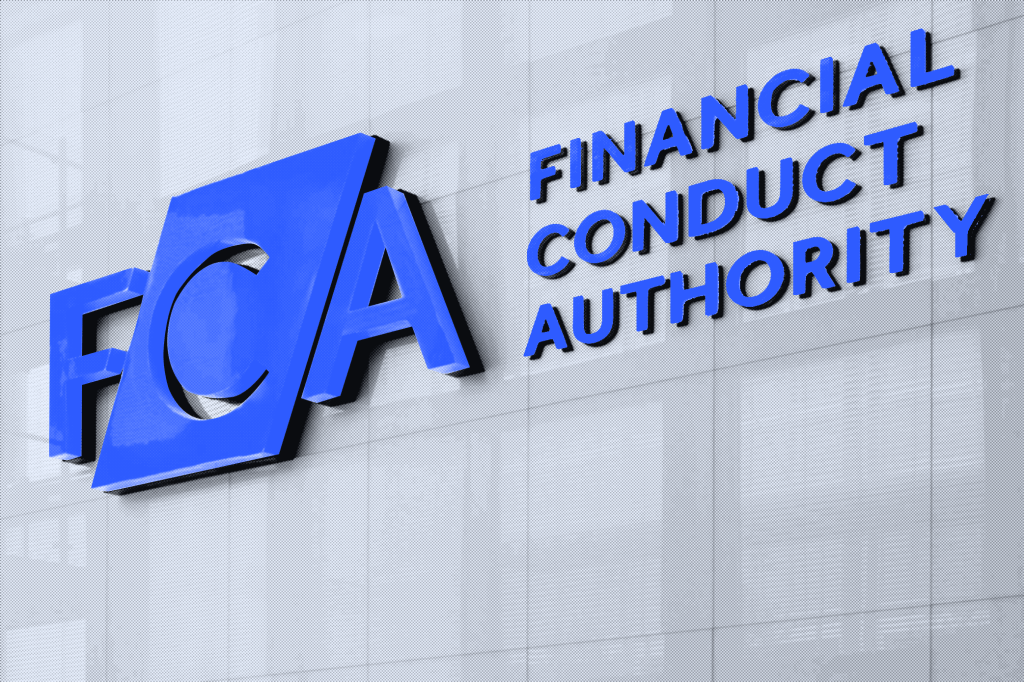ESMA has released a final report including a proposed delegated act that addresses:
- disclosure of inside information in a protracted process; and
- delayed disclosure of inside information.
The technical advice is being released in support of the EU’s new Listing Act package, which itself affects both MAR and MiFID, the
Register for free to keep reading.
To continue reading this article and unlock full access to GRIP, register now. You’ll enjoy free access to all content until our subscription service launches in early 2026.
- Unlimited access to industry insights
- Stay on top of key rules and regulatory changes with our Rules Navigator
- Ad-free experience with no distractions
- Regular podcasts from trusted external experts
- Fresh compliance and regulatory content every day

















